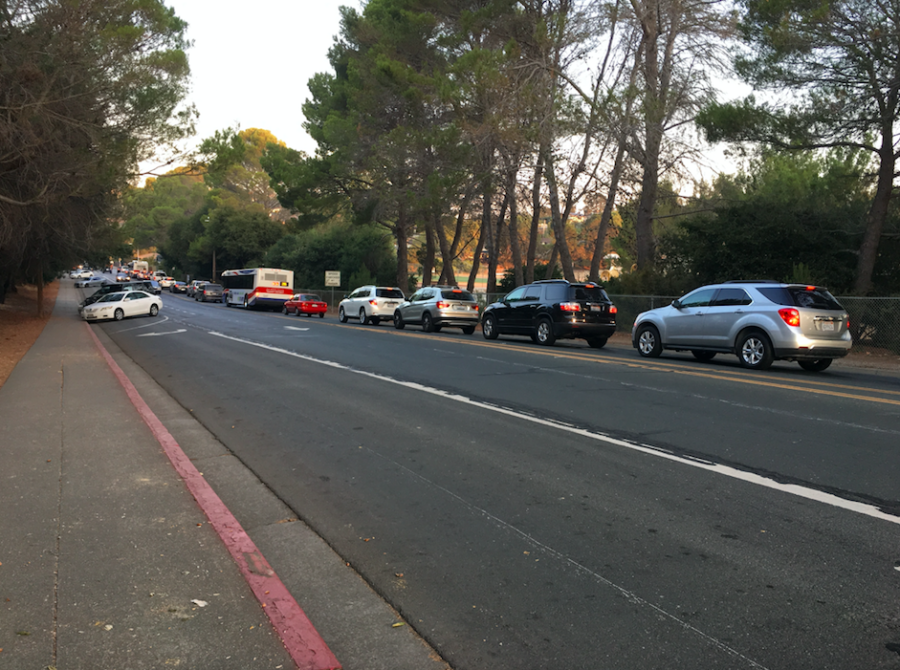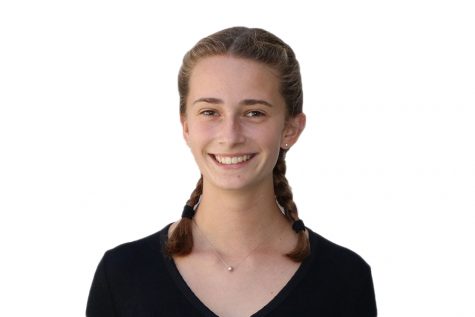Every morning is a new challenge, a question of whether or not one will make it to Carlmont on time, and how early they must leave to do so.
For many, traffic on Alameda is a big issue. Every year the freshman class seems to grow and with that brings more cars all heading to a single destination.
Carlmont has made an effort to reduce the buildup of vehicles by staggering start times for the students. Still, traffic before school is slow. In addition, most students are released at the same time, and for many, traffic after school is a problem as well.
Allison Mercier, a senior, recently moved from Colorado for the 2017-18 school year. Mercier bought a $100 parking permit in order to secure a space in the senior lot at the beginning of the year.
“From the senior lot, there’s only one exit, so it takes forever to get out. Coming from Colorado where the traffic isn’t bad, this was a shock because of how terrible it was. But it helps because I’m in a sport, so we leave way after everyone else,” said Mercier.
Although most students drive or take the bus to school, some, like freshman Sofia Sharron avoid the traffic by walking to school.
“I’m fortunate to live close by so I don’t have to wait in the traffic. The traffic can be crazy with people yelling to people honking, most people drop their kids off at school or by the school which caused traffic jams,” said Sharron.
On a regular school day, the traffic is spread out between 7 a.m. and 9 a.m and is heaviest in the half hour before first period. Nonetheless, when the majority of students have to arrive at the same time, there is no guarantee anyone will get there on time.
On the day of the PSAT in particular, it was vital that students arrive on time or else they would not be admitted to take the exam.
Joelle Faybishenko, a sophomore, recounted the traffic from the morning of the test.
“Instead of stopping for the traffic light around Dartmouth and Club, we stopped behind a huge line of cars near Kenton Avenue and were barely moving forward,” said Faybishenko. “The amount of time we were waiting was around the same we can usually make it to school, leading me to leave the car and walk to school around a block away expecting it to be faster than driving.”
Even then, the testing day traffic did not include seniors, who did not have to come to school that morning.
Schools have been searching for ways to reduce the traffic. Tierra Linda has already implemented a later start time to help ease the congestion, as well as an optional zero period that doesn’t coincide with Carlmont’s.
Principal Ralph Crame said, “Belmont and San Carlos city officials, as well as representatives from Sequoia Union High School District and San Carlos School District, have met several times to discuss the issue of traffic along Alameda in front of the school, and they have a plan after research of traffic flow in the area and consulting with traffic engineers.”
The congestion isn’t an issue that can be solved right away, and may always be a problem. But every step forward, whether big or small, moves us closer to the solution.


